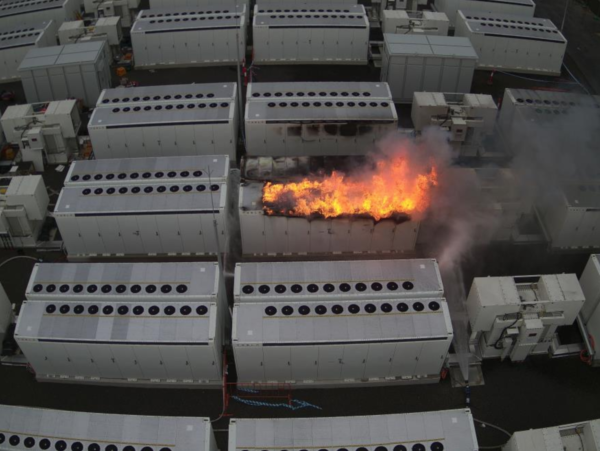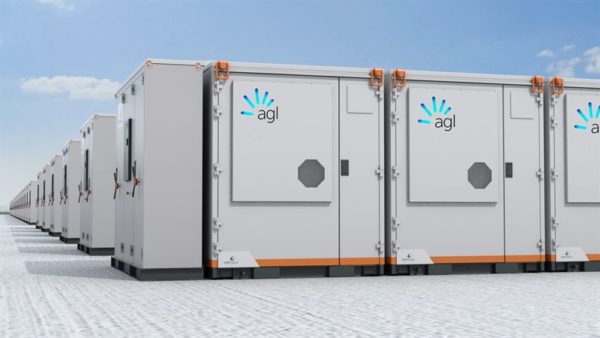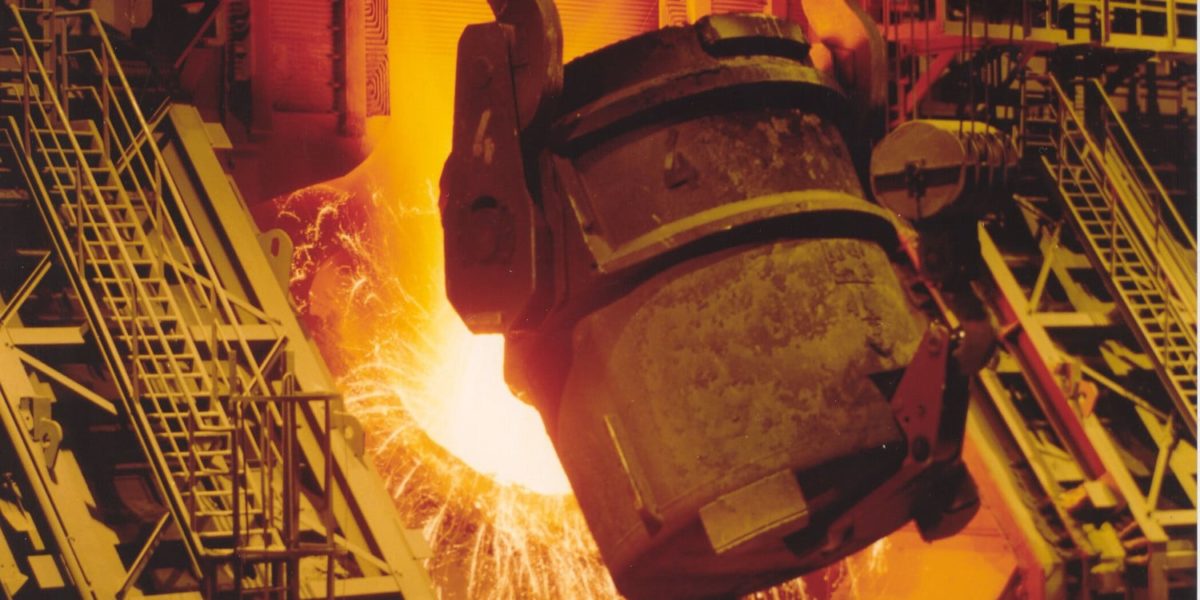New South Wales’ largest electricity user, Tomago Aluminium, plans to switch to renewable energy after its contract with coal power-dominated AGL expires at the end of 2028.
Tomago Aluminium’s chief executive, Matt Howell, told the Australian Financial Review he envisages the smelter, located near Newcastle in the state’s north, will be run mostly on renewable energy by 2030.
“Our goal would be, by 2029, that the largest load in Australia is, for all intents and purposes, 100% renewable,” he said.
This would be a remarkable shift as the smelter, Australia’s largest, consumers more than 10% of the state’s electricity. It is presumably one of AGL’s biggest single contacts – clearly signalling that businesses are no longer willing to be associated with a company branded as Australia’s biggest emitter.
Tomago Aluminium is reportedly in discussions with suppliers for solar, wind and hydro power, but will require a reliable backup generator to ensure uninterrupted supply. Noting the fire at Neoen’s big battery in Geelong last month, the company’s CEO voiced concerns about both commercial viability and technical risks of battery storage, about which he remains skeptical.

Image: Fire Rescue Victoria
Instead of opting for that path, Tomago Aluminium may contract with Snowy Hydro’s proposed Kurri Kurri gas power plant, saying the current cost of around $70/MWh for firmed renewable electricity would put the smelter out of business.
The Tomago Aluminium boss did, however, note the rapid pace of change around renewables, adding that by the time the company’s AGL contract expires in 2028, there may be more enticing clean options available.
One of the first renewable energy zones being developed in NSW is in the smelter’s Hunter region, which is traditionally a coal exporting area. The development of a number of renewable projects concentrated in this area will likely make Tomago Aluminium’s transition to renewable energy both easier and cheaper.
AGL struggles to change course
AGL, Australia’s largest electricity generator, has been at the butt of sustained criticism for its coal use. Successfully branded with the unenviable title of Australia’s biggest emitter, the company has recently sought to shift course and split in two.
AGL is also undertaking a massive push towards developing utility scale storage, committing to build 850 MW of battery-based assets by 2024. It remains to be seen whether the company will be able to change its course before markets for coal-generated electricity dry up entirely.

Wärtsilä Corporation
AGL Energy’s CEO, Markus Brokhof, said the company hopes to continue working with Tomago through decarbonisation. “We are committed to the Hunter region and continue to progress our plans to transform our thermal generation sites into low-carbon integrated industrial energy hubs that will support the decarbonisation of Australian industry… This includes progress on a grid-scale battery, wind, solar and thermal storage system and a waste to energy facility, while also exploring the feasibility of pumped hydro at Bell’s Mountain,” he said.
This content is protected by copyright and may not be reused. If you want to cooperate with us and would like to reuse some of our content, please contact: editors@pv-magazine.com.









3 comments
By submitting this form you agree to pv magazine using your data for the purposes of publishing your comment.
Your personal data will only be disclosed or otherwise transmitted to third parties for the purposes of spam filtering or if this is necessary for technical maintenance of the website. Any other transfer to third parties will not take place unless this is justified on the basis of applicable data protection regulations or if pv magazine is legally obliged to do so.
You may revoke this consent at any time with effect for the future, in which case your personal data will be deleted immediately. Otherwise, your data will be deleted if pv magazine has processed your request or the purpose of data storage is fulfilled.
Further information on data privacy can be found in our Data Protection Policy.